Beyond Barriers: Achieving Independence with Disability Supplies
For countless individuals, living with a disability presents unique challenges that demand creative solutions. These solutions often come in the form of disability supplies—tools, aids, and technologies designed to bridge the gap between ability and aspiration.
In this guide, we will explore how mobility aids can promote independence and unlock new opportunities for people with disabilities. From selecting the proper ones to all of the necessary steps to ensure a smooth transition, keep reading to find out everything you need to know about achieving independence with assistive devices.
Personalised Assessment
Personalised assessment is a crucial step in fostering independence through assistive devices. By tailoring solutions to an individual’s unique needs, capabilities, and aspirations, you can ensure that the selected walking aids align perfectly with their lifestyle. This approach not only enhances comfort and functionality but also empowers individuals to utilise aids effectively, boosting confidence and autonomy.
To figure out what kind of assistance tool someone needs, you can follow a few steps. First, talk to them to understand what challenges they face and what they prefer. Watch how they move around and see what might be difficult for them. If you can, check how strong they are and how far they can move comfortably. It’s also a good idea to ask experts like therapists for advice. By putting all these steps together, you can get a clear idea of what kind of mobility supplies would work best for them.
Proper Selection of Mobility Aids
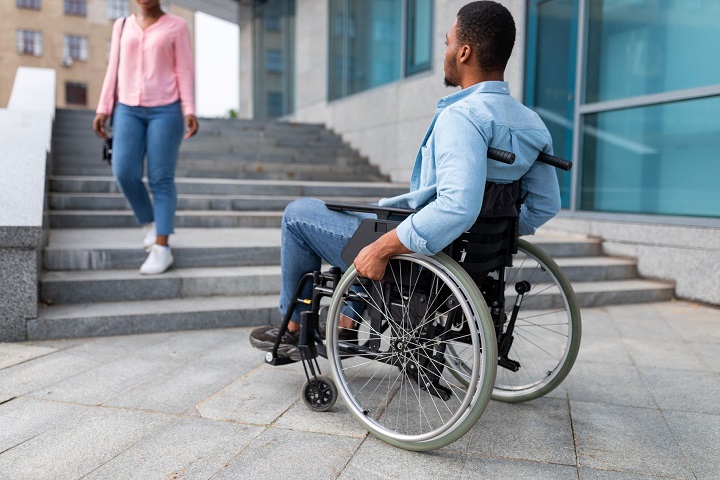
Depending on the individual’s needs, different types of mobility aids may be appropriate. Wheelchairs, walkers, canes, and crutches each serve distinct purposes. Consider whether the aid will primarily be used indoors, outdoors, or both.
Prioritise buying reliable disability supplies that come with safety features. Wheelchairs, for instance, should have effective brakes and stability mechanisms to prevent accidents. Also, opting for aids that can be adapted to changing needs is valuable. For example, a walker with adjustable height can accommodate changes in posture or comfort over time.
You should also consider the environments the individual frequents. If they encounter rough terrain or uneven surfaces, a mobility aid designed for outdoor use might be necessary.
Comfort is another key thing to take into account. The chosen aid should be comfortable for the individual to use for extended periods. It also needs to be appropriately sized, considering factors such as the user’s height, weight, and any specific body proportions.
Training and Education
Learning how to use walking aids through training and education is vital in maximising the effectiveness of mobility aids for individuals with disabilities. This helps them move around better and be more independent.
By getting tips on how to use things like wheelchairs or walkers the right way, they can feel safer and more comfortable. Learning about sitting properly, going over bumps, and getting around different places is beneficial. It’s also important for caregivers to learn how to help. With practice and learning, people can feel confident using their mobility devices and be more in control of their daily lives.
Gradual Transition
A gradual transition is important when incorporating mobility aids to ensure a smooth and successful adaptation to their use. Making a sudden and abrupt change from not using any aids to relying heavily on them can be overwhelming physically and emotionally.
By gradually introducing the use of the aid, individuals can adapt their bodies to the new way of moving and build confidence in their abilities. This approach also prevents over-dependence on the aid and encourages individuals to maintain their existing capabilities. Learning how to use a mobility aid effectively takes time, and a gradual transition allows individuals to learn and practice without feeling frustrated.
Customisation and Accessories
Customising walking devices and adding accessories is essential to ensure that the aid fits an individual’s unique needs and enhances their comfort and usability. Each person’s mobility challenges and preferences differ, and customisation allows the aid to be tailored accordingly. It can also enable individuals to adapt the aid to their daily routines, making it a seamless extension of their lifestyle, promoting longer and more effective use, and ultimately contributing to an enhanced quality of life.
That being said, accessories, such as cushions, backrests, and cup holders, provide added convenience and personalisation. These modifications optimise support, posture, and stability, reducing the risk of discomfort or strain. For instance, a cushion can enhance seating comfort, while a tray accessory might facilitate carrying items.
Accessible Environment
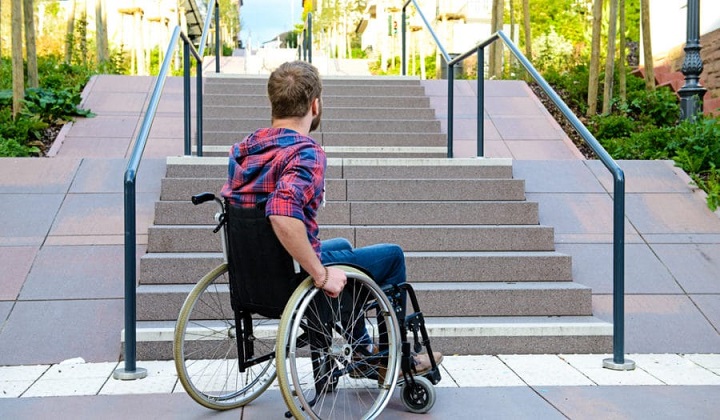
Creating an accessible environment for people using mobility tools is immensely helpful as it ensures their safety, comfort, and independence. By removing physical barriers and providing suitable accommodations, individuals with mobility challenges can navigate their surroundings with greater ease.
Start by ensuring entrances and pathways are wide enough for easy navigation. Eliminate obstacles like steps and narrow doorways. Install ramps and handrails to facilitate movement. Additionally, ensure that floor surfaces are even and slip-resistant. You should also prioritise adequate lighting as it is essential for visibility.
Moreover, consider arranging furniture and objects to allow for smooth maneuvering. Accessible restrooms with toilet assistance products such as grab rails and sufficient space should be available. Consider lower counters and shelves for reach and try to regularly keep the paths clear.
Encourage Social Participation
Another extremely important aspect to consider is encouraging social participation. Make sure people using walking aids can be part of social activities as this can make them feel better about themselves and help them learn new things.
This can be done by creating a friendly environment where they can talk and connect with others, allowing them to feel like they belong and can do things just like anyone else. Having events, gatherings and places that are accessible for people using walking aids can be beneficial.
Also, connecting with individuals who have similar interests or challenges is crucial as well. Peer support groups offer a platform to share experiences, advice, and emotional support. By participating in social activities, they will gain life skills, feel more confident, and build a strong social network that can provide emotional and practical support.
Final Words
To sum up, providing the right mobility aids to individuals with disabilities can truly open doors to independence. These aids can break through the barriers that hold them back from moving freely and empower them to actively participate in their communities.
However, the equipment is not the only key aspect – fostering understanding and equal opportunities is just as important. By embracing this approach, we’re ensuring that everyone, regardless of their physical abilities, can thrive and accomplish tasks on their terms.
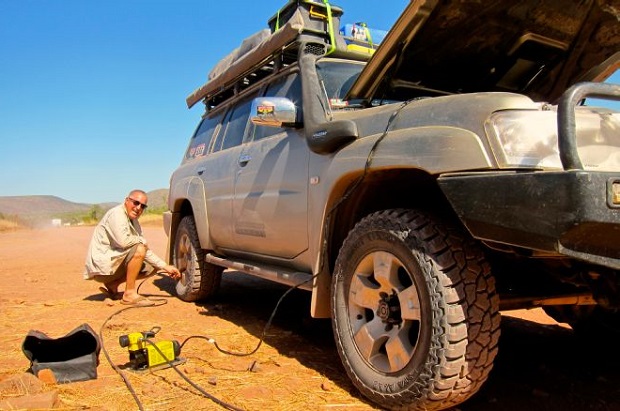




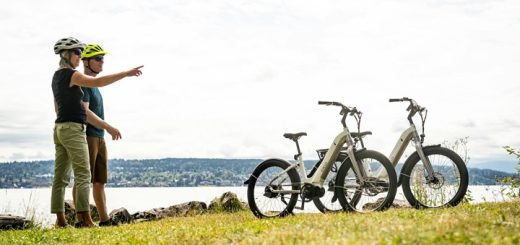
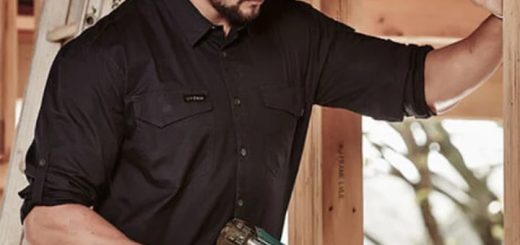

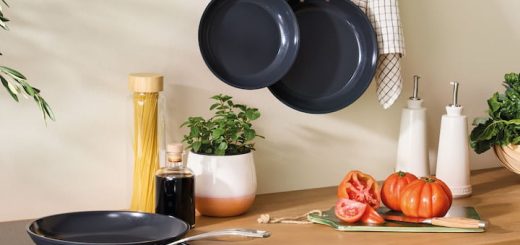
![AFX Sauber F1 C44 Stake No24 Slot Car [22092]](https://www.availableonline.com.au/wp-content/uploads/2025/06/6ccd9e30-c6fa-4910-9081-5fcc3ba80b04__60843-520x245.jpg)